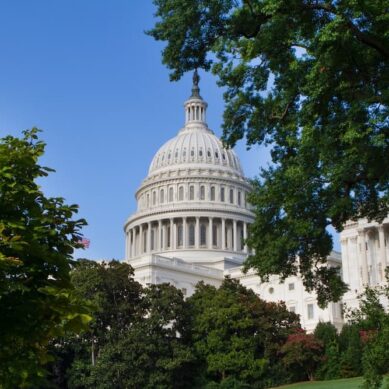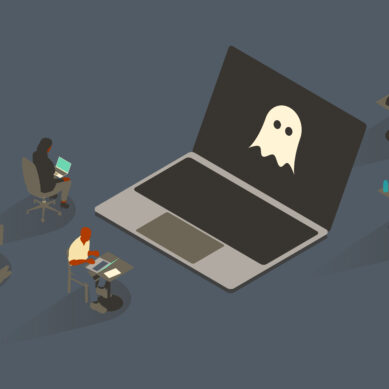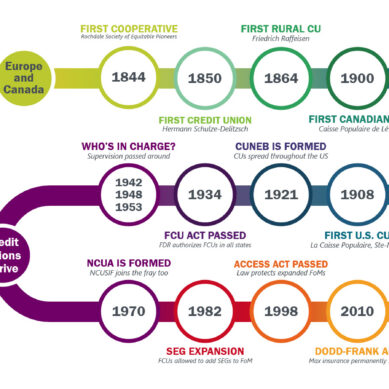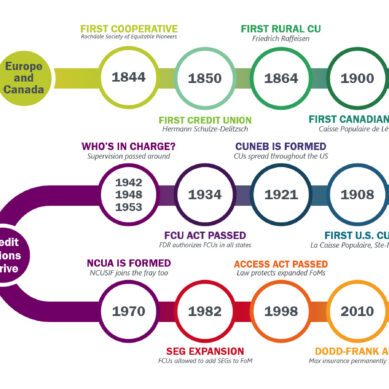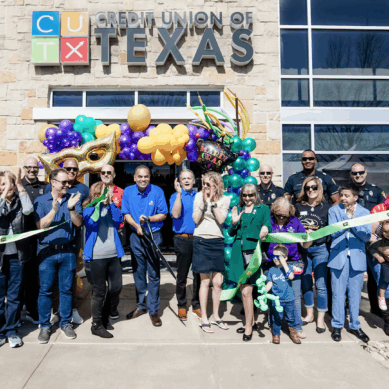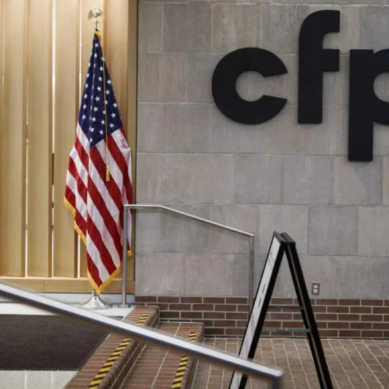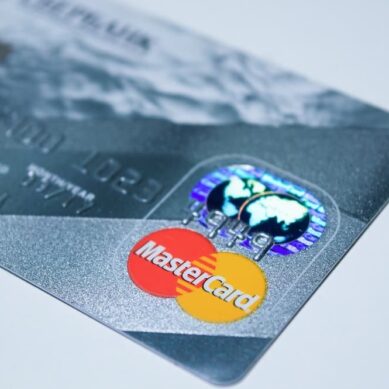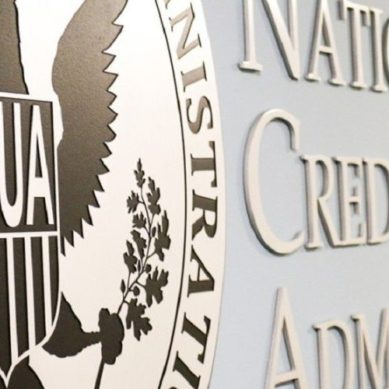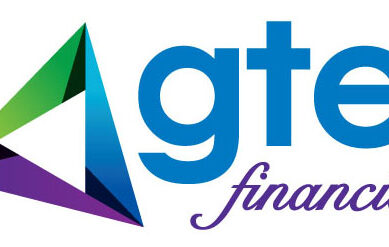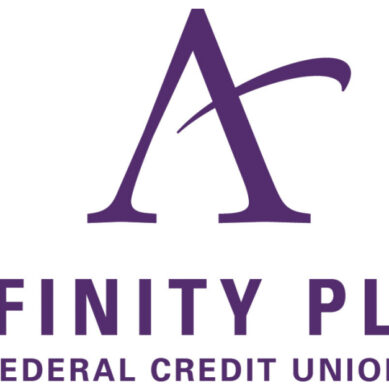Today, Velera – formerly PSCU/Co-op Solutions, the nation’s premier payments CUSO and an integrated financial technology solutions provider – published the February edition of the Velera Payments Index, the goal of which is to provide information and insights to help financial institutions navigate the evolving financial landscape to make informed, strategic decisions for their organizations and members.
Against the backdrop of a new presidential administration and a flurry of early activity and legislation, consumers began 2025 with strong levels of purchasing activity, despite a drop in confidence and higher-than-forecasted inflation. Debit purchases posted the best monthly year-over-year growth since February 2022, while credit remained strong. In our February 2025 edition of the Velera Payments Index, we check in on Buy Now, Pay Later (BNPL) consumer activity and the continued rise in popularity of the offering.
The Consumer Confidence Index declined by 5.4 points in January to 104.1 and remains in a narrow range since 2022. “All five components of the Index deteriorated, but consumers’ assessments of the present situation experienced the largest decline. Notably, views of current labor market conditions fell for the first time since September, while assessments of business conditions weakened for the second month in a row,” said Dana Peterson, chief economist at The Conference Board. The University of Michigan Index of Consumer Sentiment fell in January to 67.8. This second straight month of declines represents a 5% month-over-month drop and a 12% year-over-year reduction, with all five index components falling on increased fears of inflation returning in part due to the imposition of tariffs.
In the Labor Department’s Feb. 12 update, the Consumer Price Index (CPI) increased 0.5% in January, bringing the cumulative 12-month rate of inflation up to 3.0%. Thirty percent of the January increase came from the Shelter sector. The Energy index rose 1.1% over the month, with gas up 1.8% and food up 0.4%. Core CPI, which excludes the Food and Energy sectors, increased by 0.4% in January. Increases were seen in motor vehicle insurance, recreation, used cars and trucks, medical care, communication and airline fares. Decreases were seen in apparel, personal care and household furnishings.
In January, jobs grew by 143,000, with increases in healthcare, retail trade and social assistance. While the January number is roughly 26,000 fewer than expected, the job count numbers were increased for November and December for a combined 100,000 jobs. The U.S. Bureau of Labor Statistics (BLS) reported the overall unemployment rate decreased slightly for January to 4.0%, or 6.8 million people. We continue to monitor the Trump administration’s plans to reduce the federal government workforce, which could impact future BLS updates.
In January, the Federal Reserve kept interest rates at the current rate and indicated the Central Bank is in no hurry to adjust its policy stance or reduce rates as the economy remains strong. An additional near-term constraint for the Fed in loosening monetary policy will stem from potential inflationary impacts of the new tariffs. The next Federal Open Market Committee (FOMC) meetings will conclude on March 19.
“The rise of Buy Now, Pay Later (BNPL) highlights the increasing demand for convenience and flexibility, especially among younger consumers,” said Cody Banks, senior vice president, Product Experience & Enablement, Velera. “While BNPL offers ease, it also brings considerable risks to consumers, such as potential overspending and debt accumulation. BNPL also poses a significant threat to traditional credit cards, challenging credit unions to reinforce benefits like rewards and credit score building that BNPL lacks. Credit unions should take the lead in educating members on the variety of payment methods available, empowering them to make informed choices and enhance their financial well-being.”
Key takeaways for January include:
- For the first month of 2025, year-over-year growth rates improved for debit and held steady for credit. Debit purchases were up 7.8% and credit purchases were up 2.5% in January. Debit transactions were up 4.8% and credit transactions were up 2.8%.
- For debit, Money Services returned as the top contributor to growth in purchases, accounting for one-third of the year-over-year increase. The Goods and Services sectors had the second largest impact for debit and the largest year-over-year increase in credit purchases.
- The 12-month CPI through January increased by 3.0%, up 0.5% from December. The Shelter index increased 0.4% and accounted for 30% of the overall increase. Core inflation, now at 3.3%, was up 0.4% for January, the largest increase in two years. The next opportunity for an interest rate change by the Fed is on March 19.
- Growth in Buy Now, Pay Later (BNPL) payments and transactions facilitated by cards increased 28% and 22%, respectively, for the top BNPL merchants for full-year 2024 compared to 2023.
The full report is available for download here or can be shared as a PDF upon request. Please let us know of any questions or additional needs, or if you’d like to coordinate an interview.






